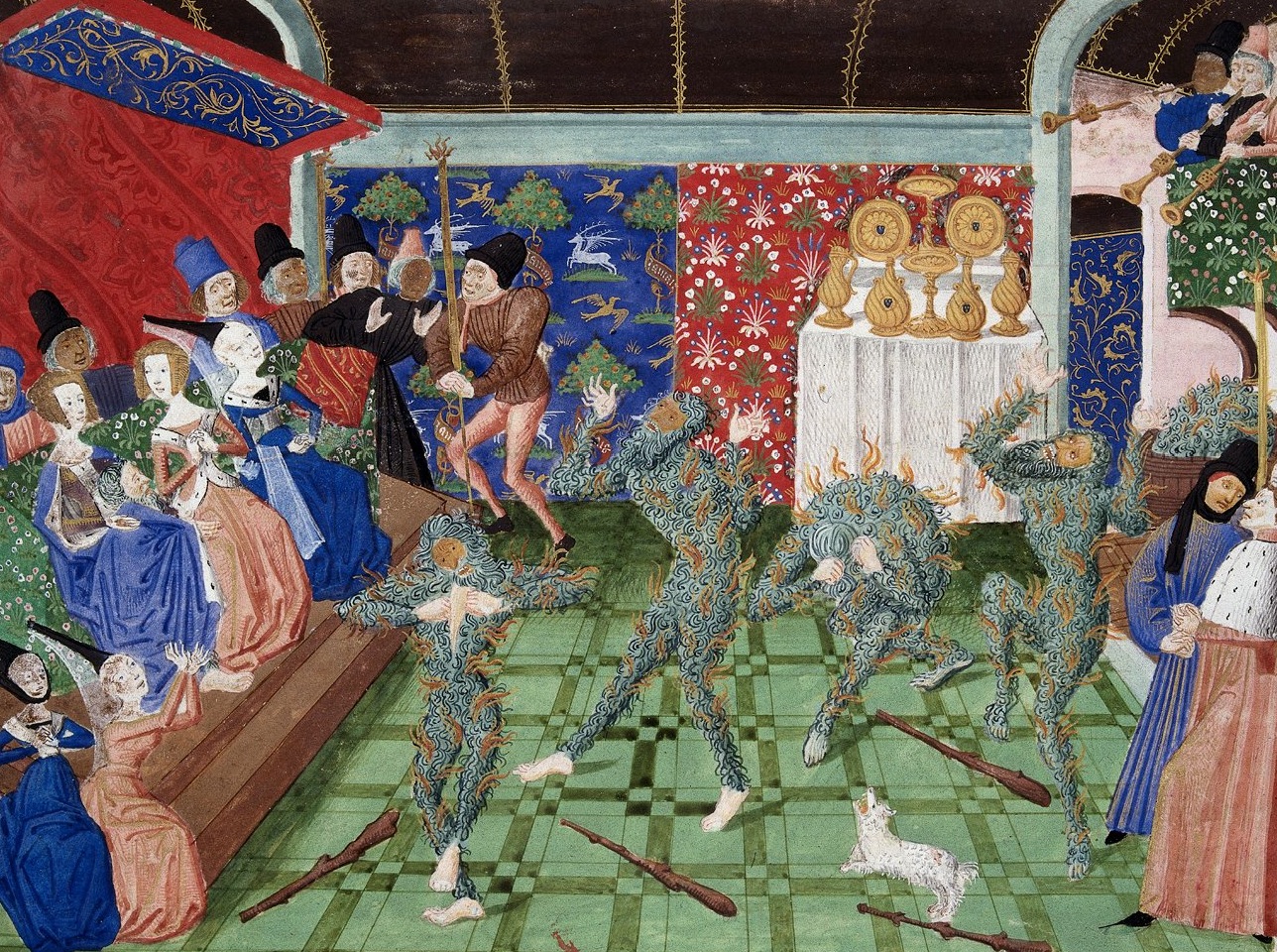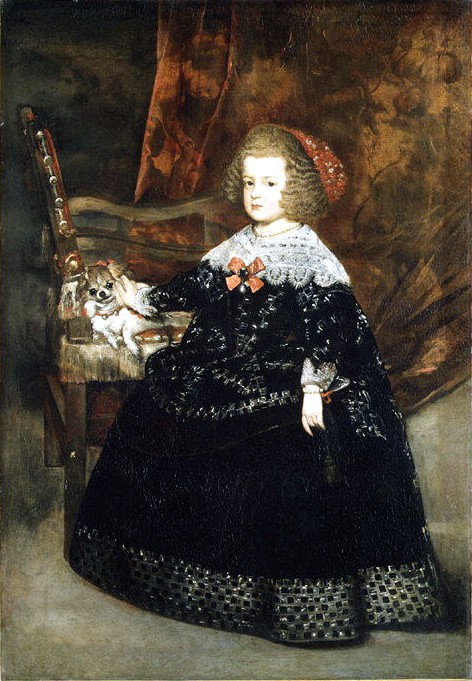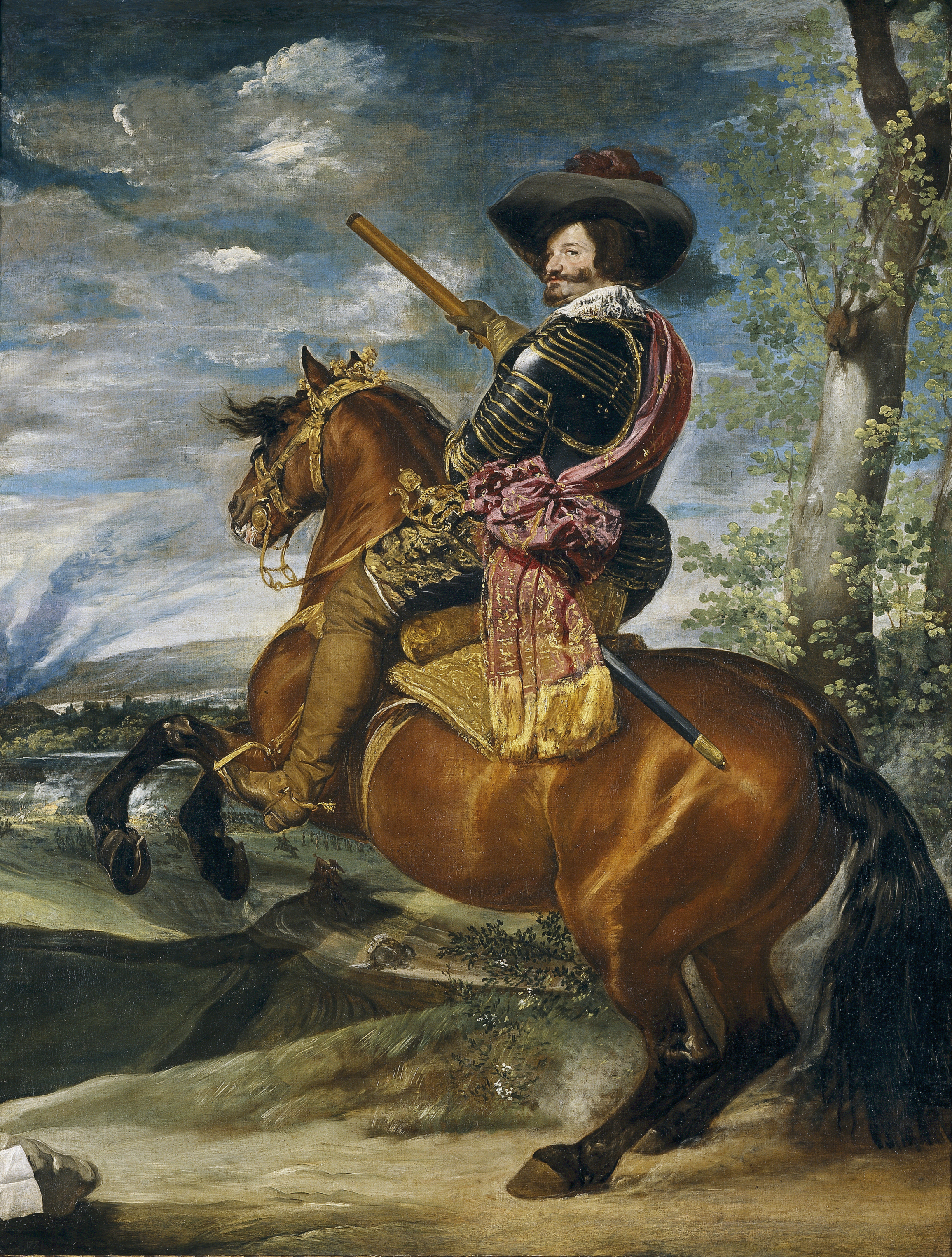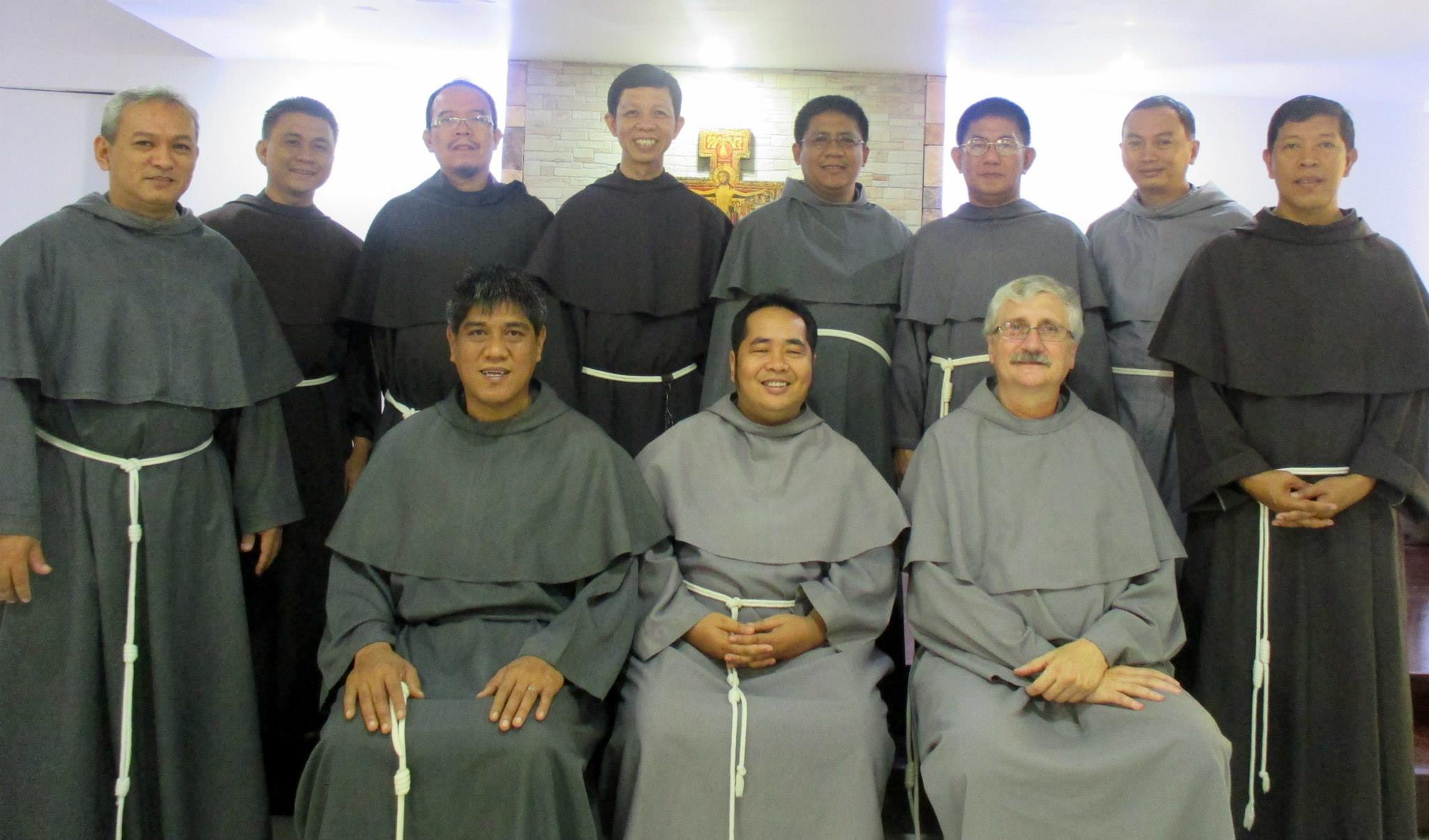|
Pont Notre-Dame
The Pont Notre-Dame () is a bridge that crosses the Seine in Paris, France linking the ''quai de Gesvres'' on the Rive Droite with the ''quai de la Corse'' on the Île de la Cité. The bridge is noted for being the "most ancient" in Paris, in the sense that, while the oldest bridge in Paris that is ''in its original state'' is undoubtedly the Pont Neuf, a bridge in some form has existed at the site of the Pont Notre-Dame since antiquity; nonetheless, it has been destroyed and reconstructed numerous times, a fact referred to in the Latin inscription on it to honor its Italian architect, Fra Giovanni Giocondo. ( See below.) The bridge once was lined with approximately sixty houses, the weight of which caused a collapse in 1499. History It was on this spot that the first bridge of Paris, called the Grand-Pont, crossed the Seine from antiquity. A bridge has existed there since at least the pre-Roman tribal era, to be rebuilt again and again, sometimes of wood, sometimes of st ... [...More Info...] [...Related Items...] OR: [Wikipedia] [Google] [Baidu] |
Paris
Paris () is the Capital city, capital and List of communes in France with over 20,000 inhabitants, largest city of France. With an estimated population of 2,048,472 residents in January 2025 in an area of more than , Paris is the List of cities in the European Union by population within city limits, fourth-most populous city in the European Union and the List of cities proper by population density, 30th most densely populated city in the world in 2022. Since the 17th century, Paris has been one of the world's major centres of finance, diplomacy, commerce, culture, Fashion capital, fashion, and gastronomy. Because of its leading role in the French art, arts and Science and technology in France, sciences and its early adoption of extensive street lighting, Paris became known as the City of Light in the 19th century. The City of Paris is the centre of the Île-de-France region, or Paris Region, with an official estimated population of 12,271,794 inhabitants in January 2023, or ... [...More Info...] [...Related Items...] OR: [Wikipedia] [Google] [Baidu] |
Charles VI Of France
Charles VI (3 December 136821 October 1422), nicknamed the Beloved () and in the 19th century, the Mad ( or ''le Fou''), was King of France from 1380 until his death in 1422. He is known for his mental illness and psychosis, psychotic episodes that plagued him throughout his life. Charles ascended the throne at age 11, his father Charles V of France, Charles V leaving behind a favorable military situation, marked by the reconquest of most of the English possessions in France. Charles VI was placed under the regency of his uncles: Philip II, Duke of Burgundy; Louis I, Duke of Anjou; John, Duke of Berry; and Louis II, Duke of Bourbon. He decided in 1388, aged 20, to emancipate himself. In 1392, while leading a military expedition against the Duchy of Brittany, the king had his first attack of delirium, during which he attacked his own men in the forest of Le Mans. A few months later, following the ''Bal des Ardents'' (January 1393) where he narrowly escaped death from burning, Char ... [...More Info...] [...Related Items...] OR: [Wikipedia] [Google] [Baidu] |
Jean Résal
Jean may refer to: People * Jean (female given name) * Jean (male given name) * Jean (surname) Fictional characters * Jean Grey, a Marvel Comics character * Jean Valjean, fictional character in novel ''Les Misérables'' and its adaptations * Jean Pierre Polnareff, a fictional character from ''JoJo's Bizarre Adventure'' * Jean Luc Picard, fictional character from ''Star Trek Next Generation'' Places * Jean, Nevada, United States; a town * Jean, Oregon, United States Entertainment * Jean (dog), a female collie in silent films * "Jean" (song) (1969), by Rod McKuen, also recorded by Oliver * ''Jean Seberg'' (musical), a 1983 musical by Marvin Hamlisch Other uses * JEAN (programming language) * USS ''Jean'' (ID-1308), American cargo ship c. 1918 * Sternwheeler Jean, a 1938 paddleboat of the Willamette River See also *Jehan * * Gene (other) * Jeanne (other) * Jehanne (other) * Jeans (other) * John (other) John is a common Engl ... [...More Info...] [...Related Items...] OR: [Wikipedia] [Google] [Baidu] |
Louis XIV
LouisXIV (Louis-Dieudonné; 5 September 16381 September 1715), also known as Louis the Great () or the Sun King (), was King of France from 1643 until his death in 1715. His verified reign of 72 years and 110 days is the List of longest-reigning monarchs, longest of any monarch in history. An emblem of the Absolutism (European history), age of absolutism in Europe, Louis XIV's legacy includes French colonial empire, French colonial expansion, the conclusion of the Thirty Years' War involving the Habsburgs, and a controlling influence on the Académie royale de peinture et de sculpture, style of fine arts and architecture in France, including the transformation of the Palace of Versailles into a center of royal power and politics. Louis XIV's pageantry and opulence helped define the French Baroque architecture, French Baroque style of art and architecture and promoted his image as absolute ruler of France in the early modern period. Louis XIV began his personal rule of France ... [...More Info...] [...Related Items...] OR: [Wikipedia] [Google] [Baidu] |
Maria Theresa Of Spain
Maria Theresa of Spain (; ; 10 September 1638 – 30 July 1683) was Queen consort of France, Queen of France from 1660 to 1683 as the wife of King Louis XIV. She was born an Infante, Infanta of Spain and Portugal as the daughter of King Philip IV of Spain, Philip IV and Elisabeth of France (1602–1644), Elisabeth of France, and was also an Archduke#Usage, Archduchess of Austria as a member of the Spanish branch of the House of Habsburg. Her marriage in 1660 to King Louis XIV, her double first cousin, was arranged with the purpose of ending the lengthy Franco-Spanish War (1635–1659), war between France and Spain. Famed for her virtue and piety, she saw five of her six children die in early childhood, and is frequently viewed as an object of pity in historical accounts of her husband's reign, since she was often neglected by the court and overshadowed by the King's many mistresses. Without any political influence in the French court or government (except briefly in 1672, when sh ... [...More Info...] [...Related Items...] OR: [Wikipedia] [Google] [Baidu] |
Philip IV Of Spain
Philip IV (, ; 8 April 160517 September 1665), also called the Planet King (Spanish: ''Rey Planeta''), was King of Spain from 1621 to his death and (as Philip III) King of Portugal from 1621 to 1640. Philip is remembered for his patronage of the arts, including such artists as Diego Velázquez, and his rule over Habsburg Spain, Spain during the Thirty Years' War. By the time of his death, the Spanish Empire had reached approximately 12.2 million square kilometres (4.7 million square miles) in area but in other aspects was in Decline of Spain, decline, a process to which Philip contributed with his inability to achieve successful domestic and military reform. He was succeeded on his death by his young son Charles II of Spain, Charles II as King of Spain and in 1640 (with the collapse of the Iberian Union) by John IV of Portugal, John IV as King of Portugal. Personal life Philip IV was born in the Royal Palace of Valladolid, and was the eldest son of Philip III of Spai ... [...More Info...] [...Related Items...] OR: [Wikipedia] [Google] [Baidu] |
Antoine Watteau
Jean-Antoine Watteau (, , ; baptised 10 October 1684died 18 July 1721) Alsavailablevia Oxford Art Online (subscription needed). was a French Painting, painter and Drawing, draughtsman whose brief career spurred the revival of interest in colour and movement, as seen in the tradition of Antonio da Correggio, Correggio and Peter Paul Rubens, Rubens. He revitalized the waning Baroque style, shifting it to the less severe, more naturalistic, less formally classical, Rococo. Watteau is credited with inventing the genre of ''fête galante, fêtes galantes'', scenes of bucolic and idyllic charm, suffused with a theatrical air. Some of his best known subjects were drawn from the world of commedia dell'arte, Italian comedy and ballet. Early life and training Jean-Antoine Watteau was born in October 1684 in Valenciennes, once an important town in the County of Hainaut which became sequently part of the Burgundian Netherlands, Burgundian and Habsburg Netherlands until its secession to Fran ... [...More Info...] [...Related Items...] OR: [Wikipedia] [Google] [Baidu] |
Edme-François Gersaint
Edmé-François Gersaint (1694–1750) was a Parisian ''marchand-mercier'' (merchant) who specialised in the sale of works of art and luxury goods and who is noted for revolutionising the art market by preparing, for the first time, detailed catalogs with descriptions of the work and biographies of the artist. Life and career Edmé-François Gersaint (1694–1750) was a Parisian ''marchand-mercier'' who was a central figure in the development of the art market and the luxury trades during the era of the Régence and the rule of the rococo style. His shadowy figure has always been connected with his caring friendship with the dying Antoine Watteau, which resulted in the familiar shop sign painted in 1720, conserved at Charlottenburg Palace, Charlottenburg, a masterpiece that provided publicity for Watteau as much as for Gersaint himself, but he had to wait until 2002 for his first in-depth biography. For his whole career, Gersaint presided from his cramped boutique, hardly more th ... [...More Info...] [...Related Items...] OR: [Wikipedia] [Google] [Baidu] |
Marchand-mercier
A ''marchand-mercier'' is a French language, French term for a type of entrepreneur working outside the guild system of craftsmen but carefully constrained by the regulations of a ''corporation'' under rules codified in 1613. The reduplicative term literally means a merchant of merchandise, but in the 18th century took the connotation of a merchant of ''Objet d'art, objets d'art''. Earliest references to this ''Corps de la Ville de Paris'' can be found at the close of the 16th century, but in the 18th century marchands-merciers were shopkeepers but they also played an important role in the decoration of Paris homes. In fact, they served as general contractors, designing and commissioning pieces of the most fashionable furniture, and often, in addition, worked outside of their shops as interior decorators, responsible for many aspects of a room's decor. In Paris, the guild system, in place since the late Middle Ages, prohibited craftsmen from working with any material with which the ... [...More Info...] [...Related Items...] OR: [Wikipedia] [Google] [Baidu] |
Petit Pont
The Petit Pont (, ''Little Bridge''; since 2013 Petit-Pont-Cardinal-Lustiger) is an arch bridge crossing the River Seine in Paris, built in 1853, although a structure has crossed the river at this point since antiquity. The present bridge is a single stone arch linking the 4th arrondissement and the Île de la Cité, with the 5th arrondissement, between quai de Montebello and quai Saint-Michel. The Petit Pont is notable for having been destroyed at least thirteen times since its original inception during Gallo-Roman times to the mid-19th century. History A bridge linking the Île de la Cité with the southern bank of the Seine has existed on this spot since early history. In the Roman predecessor to Paris, Lutetia Parisiorum, a bridge was built to utilize the convenient ford of the Seine, today's Île de la Cité. Often a victim of floods, the structure has been repeatedly rebuilt. The first known flood destroying this bridge was in 885 AD. The bridge subsequently was car ... [...More Info...] [...Related Items...] OR: [Wikipedia] [Google] [Baidu] |
Friar
A friar is a member of one of the mendicant orders in the Catholic Church. There are also friars outside of the Catholic Church, such as within the Anglican Communion. The term, first used in the 12th or 13th century, distinguishes the mendicants' itinerant apostolic character, exercised broadly under the jurisdiction of a superior general, from the older monastic orders' allegiance to a single monastery formalized by their vow of stability. A friar may be in holy orders or be a non-ordained brother. The most significant orders of friars are the Dominicans, Franciscans, Augustinians, and Carmelites. Definition Friars are different from monks in that they are called to the great evangelical counsels (vows of poverty, chastity, and obedience) in service to society, rather than through cloistered asceticism and devotion. Whereas monks live in a self-sufficient community, friars work among laypeople and are supported by donations or other charitable support. Monks or nuns m ... [...More Info...] [...Related Items...] OR: [Wikipedia] [Google] [Baidu] |










